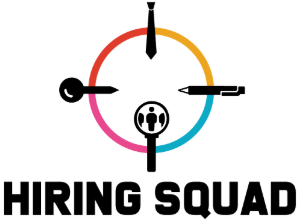
Gigs are the new side job and, for many, a primary means of income. Being a gig master means you have control over your own finances, schedule, and life. But there are a few things you need to do before jumping into the overcrowded pool that is s free market.
Here are some suggestions on how to break into the world of self-employment.
Know what you can/want to do. If you’ve been an employee for any length of time or have a particular set of skills that other people in need of, congratulations, you are qualified for freelance work. It can be difficult to pinpoint these skills, however, if you don’t fully appreciate the value of your talents. Monster reports that some of the highest paying side hustles, such as doing independent food delivery or driving for the two major ridesharing companies, don’t require a ton of experience. If you’re looking to replace a full-time income, you will need to focus on areas in which you’re already familiar. This might be housecleaning, graphic design, or financial consulting.
Set up your workspace. When you’re working from home, you have a lot of luxuries that you don’t in the office. But you also don’t have a network of support that can keep things running smoothly. Increase your efficiency by setting up your workspace in a way that’s comfortable for you. Start by ensuring your chair, desk, and computer screen are ergonomically aligned. Look for a room that is well lit and keep your desk as clutter-free as possible. Fast Company offers more tips here.
Market for success. Your business marketing plan is paramount to your success. And there is perhaps nothing more important to your marketing efforts then your brand. One of the most difficult aspects of creating a brand is coming up with an eye-catching and memorable logo, which serves as a visual summary of your business. If your budget is low and you don’t have design skills, consider using an online business logo generator that can walk you through the steps and help you craft the perfect logo.
Understand the economics. If you’ve ever wondered why consultants tend to charge more money than a similar employee, it’s partly because of taxes. When you’re an employee, the one who signs your paycheck forks out a chunk of cash for employment taxes to Uncle Sam. Working as a freelance contractor means you will have to cover your entire tax bill yourself. The IRS requires every small business owner or self-employed individual to pay self-employment taxes. If you expect to owe more than $1000, you’ll need to make quarterly tax payments on top of filing an end-of-year tax return.
Learn to balance. An often overlooked issue for self-employed people is finding a balance between work and home. It is easy to allow your projects to overtake your life. If you want to be successful both at work and at home you’ll need to take steps to prevent your professional endeavors from interfering with your overall quality of life. Forbes explains you can do this by leveraging technology and learning how to rethink your idea of a perfect home — chores may fall to the wayside, and that’s okay. Protect your private time and you’ll see an increase in productivity.
Never get comfortable. Perhaps most importantly, you can never get comfortable doing just good enough when you work for yourself. You must always strive to improve your products or services and give your clients the individual attention they deserve.
Being a freelancer isn’t just about working in your pajamas and a enjoying a 10-second commute. It takes hard work, an entrepreneurial mindset, and a deep understanding of both business and finances. But despite the difficulties, going the gig way gives you a world of freedom you’ve never experienced and the pros almost always outweigh the cons.
Image via Pixabay
